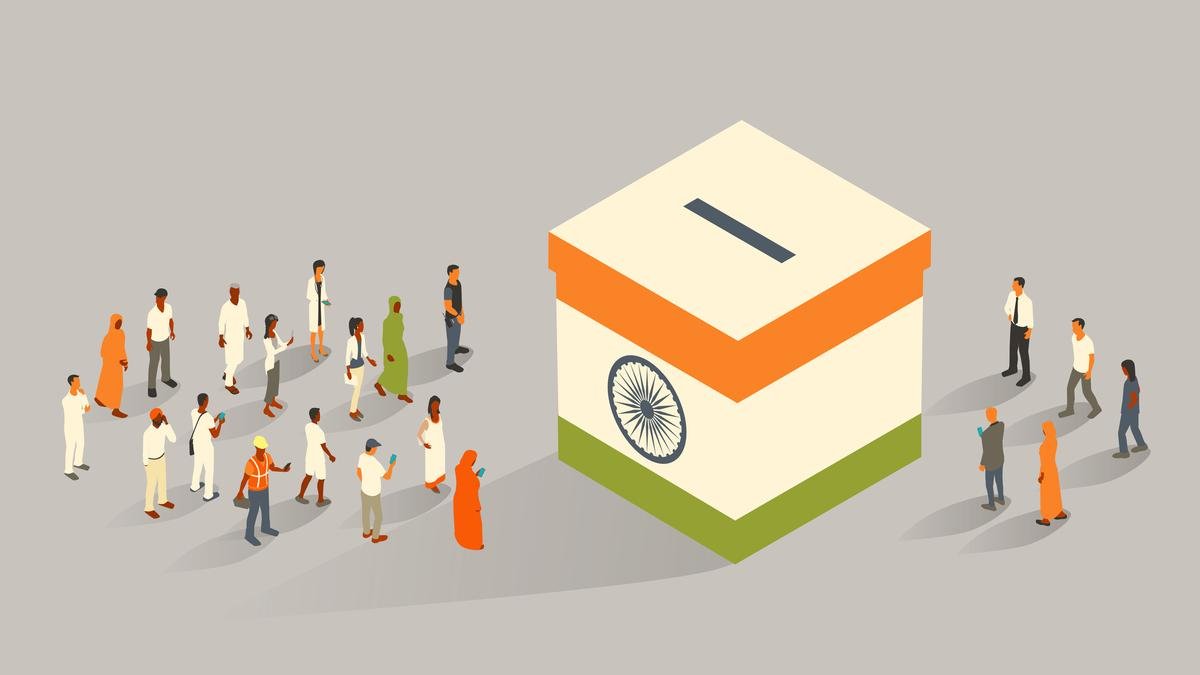Chief Minister M K Stalin stated here on Sunday that Prime Minister Narendra Modi should ease Tamil Nadu residents’ concerns about the proposed delimitation process. At a formal ceremony held here, Modi stated that he should also see to it that a resolution is approved in the Parliament to ensure that Tamil Nadu’s rights are not restricted. After launching numerous projects and outlining new plans for the well-liked tourist destination here, Stalin claimed he had asked the Prime Minister for a meeting to discuss the issues with the proposed delimitation.
“We have requested a time slot to deliver the delimitation memo. I have informed the Prime Minister that I am unable to attend his meeting. Due to my involvement in this government activity. I have assigned our Ministers Raja Kannappan and Thangam Thennarasu to attend in his place. Stalin addressed the assembly, saying, “I hereby request that the Prime Minister allay the fears of delimitation through this meeting and through you.”
He was alluding to Modi’s Sunday visit to Rameswaram, Tamil Nadu. The place where the prime minister officially opened the new Pamban bridge.
Different formulas
The most crucial thing to keep in mind is that a large portion of the country’s population growth was caused by the inability of certain of the northern states. States like Uttar Pradesh and Bihar, to carry out the national population control program. As a result, these States’ populations have grown abnormally. For instance, Uttar Pradesh’s population, which was just over 8.38 crore in 1971, is predicted to have increased to 24.1 crore by 2025. Similarly, Bihar’s population, which was 4.21 crore in 1971, is likely to have grown to 13.1 crore by 2025. The purpose of delaying the Lok Sabha’s strength until 2026 was to allow the States, who were experiencing rapid population growth, time to stabilise the body so that the redistribution of seats wouldn’t result in a significant disparity between the southern and northern Indian states.
The Delimitation Row: What Is It?

A number of southern states, led by Tamil Nadu, have urged the Union government to conduct a fair delimitation process as the 2026 census deadline draws near. Redrawing parliamentary and assembly constituencies according to a state’s population is known as delimitation. The goal of the exercise is to uphold and protect the principle of “one person-one vote.”
Why Do States in the South Oppose the Delimitation?
Population control measures were put in place after former Prime Minister Indira Gandhi halted the delimitation process during the Emergency Period. North India trailed behind the southern states, which effectively adopted these policies. Due to their smaller populations, the southern states opposed the formation of a delimitation committee following the 2001 census. It resulted in the extension until 2026.
States like Tamil Nadu, Karnataka, Andhra Pradesh, Kerala, and others have once again voiced their concerns. As the delimitation deadline draws closer and India’s population is predicted to surpass 1.42 billion by 2026.
States may see a decrease of seats or an increase as a result of the delimitation process. According to a number of delimitation studies, Karnataka’s seat count is predicted to rise from 28 to 36 by 2026. Likewise, it is anticipated that the number of seats in Andhra Pradesh will rise from 25 to 28. In Tamil Nadu from 39 to 41, and those in Telangana from 17 to 20.
However, the number of seats in northern states can rise sharply. Uttar Pradesh is predicted to grow from 80 to 128 seats by 2026. With a probable increase from 40 to 70 seats, Bihar comes in second. A number of southern politicians have also voiced their opposition to the drill, in addition to Stalin.






Be First to Comment